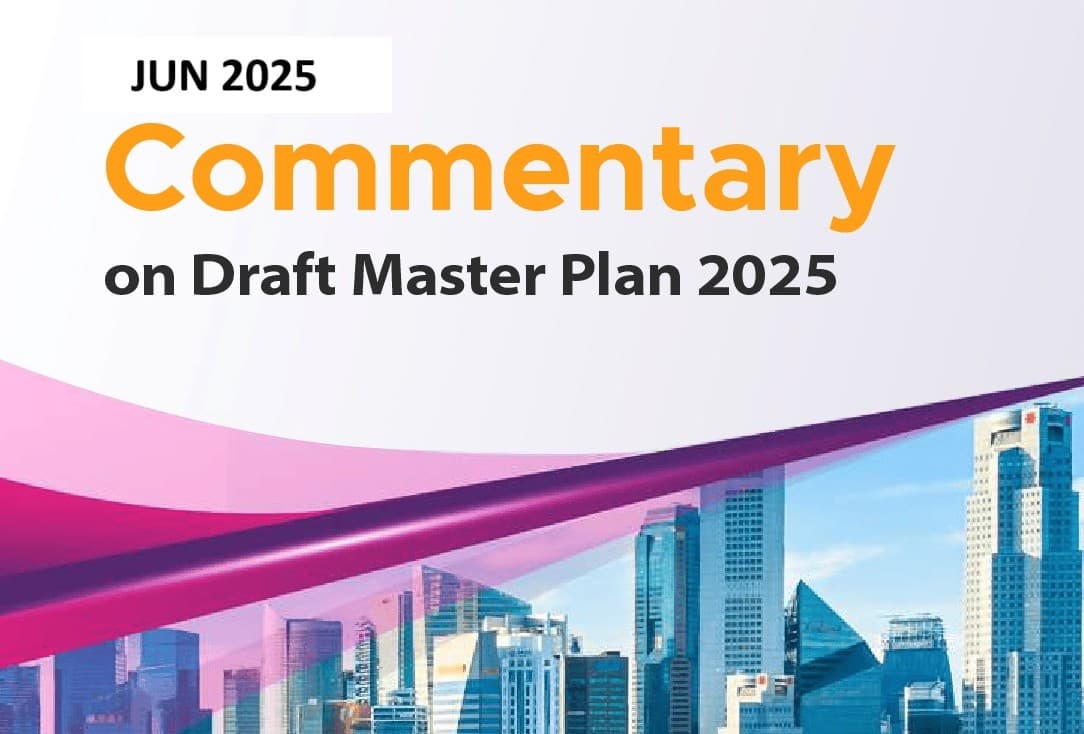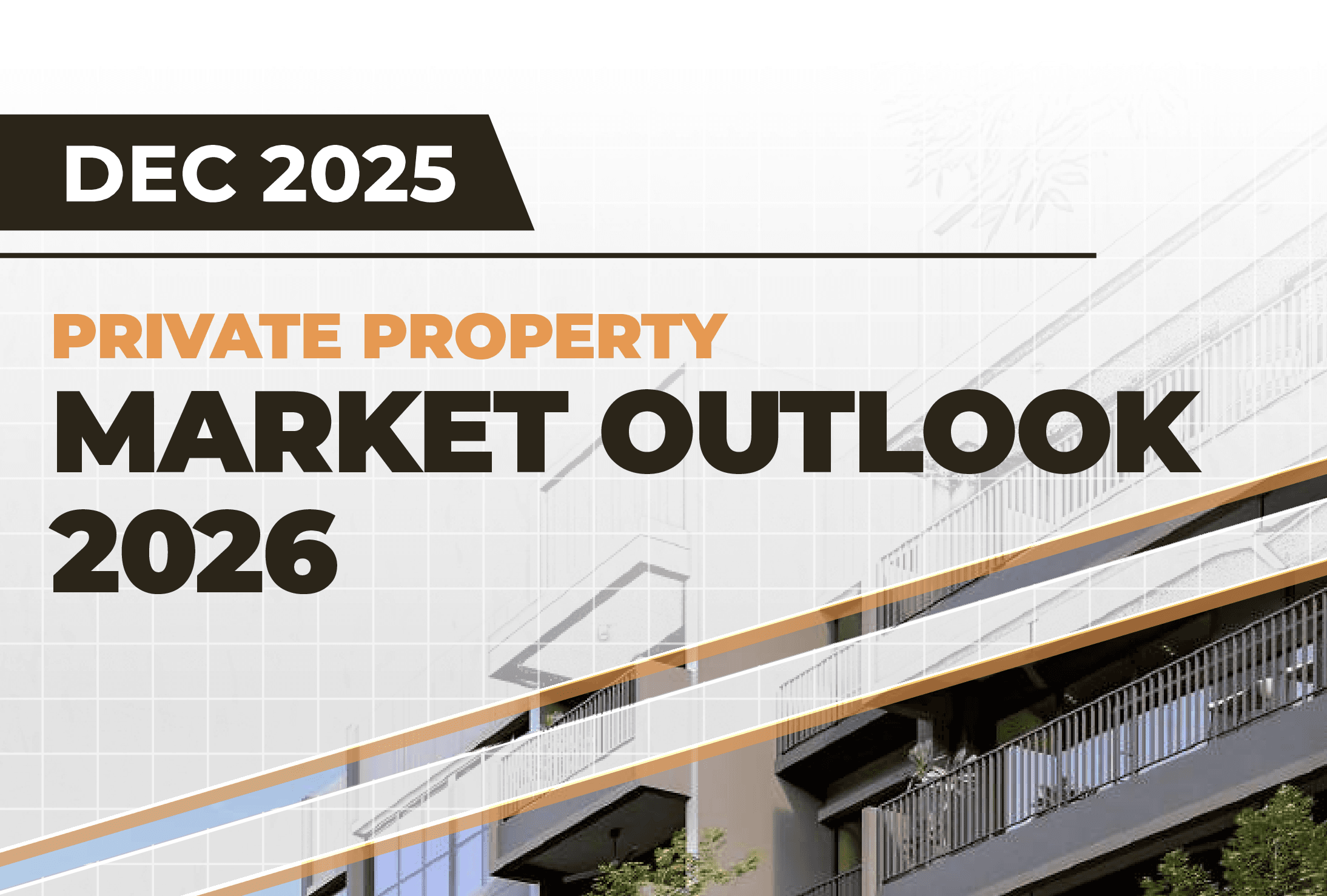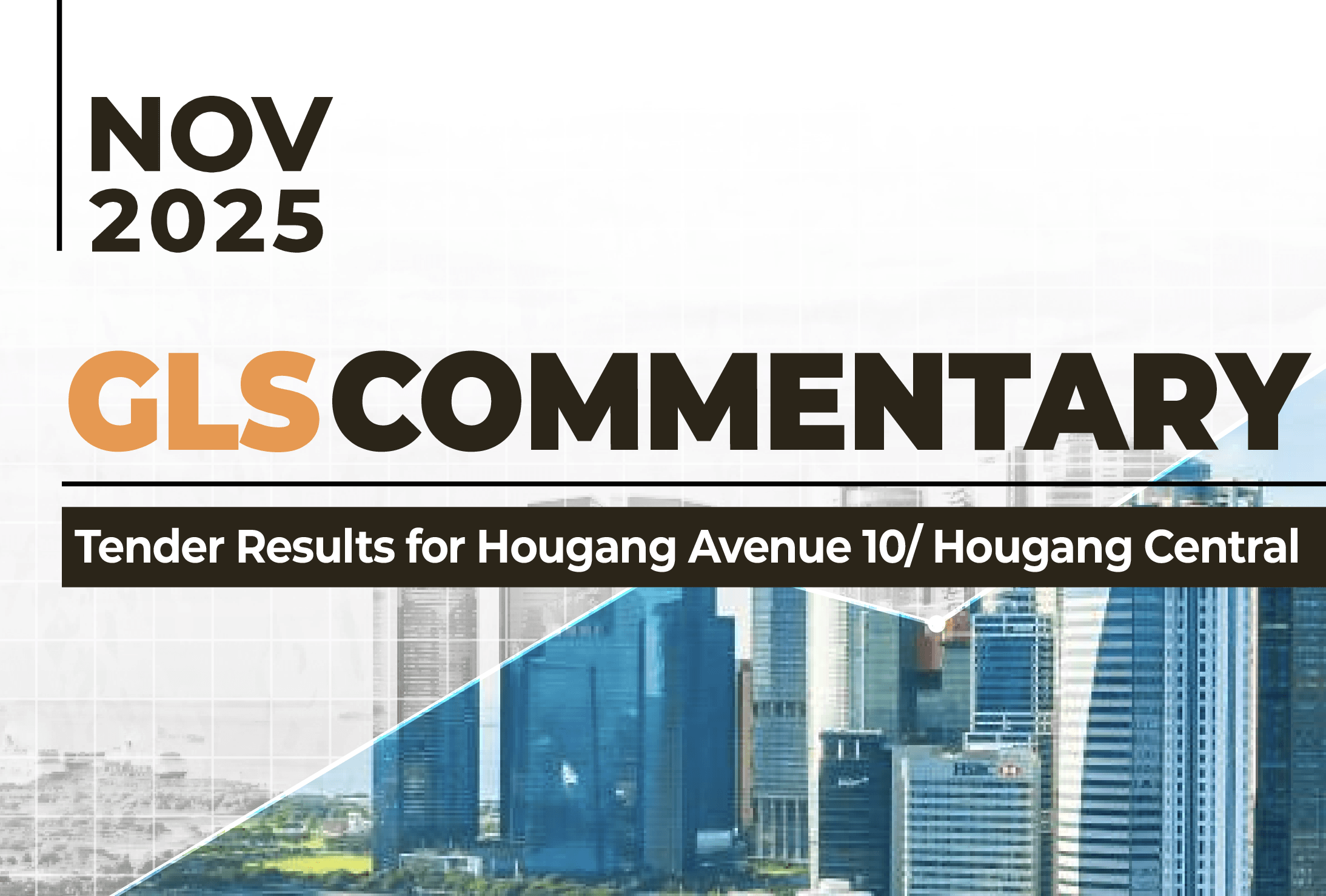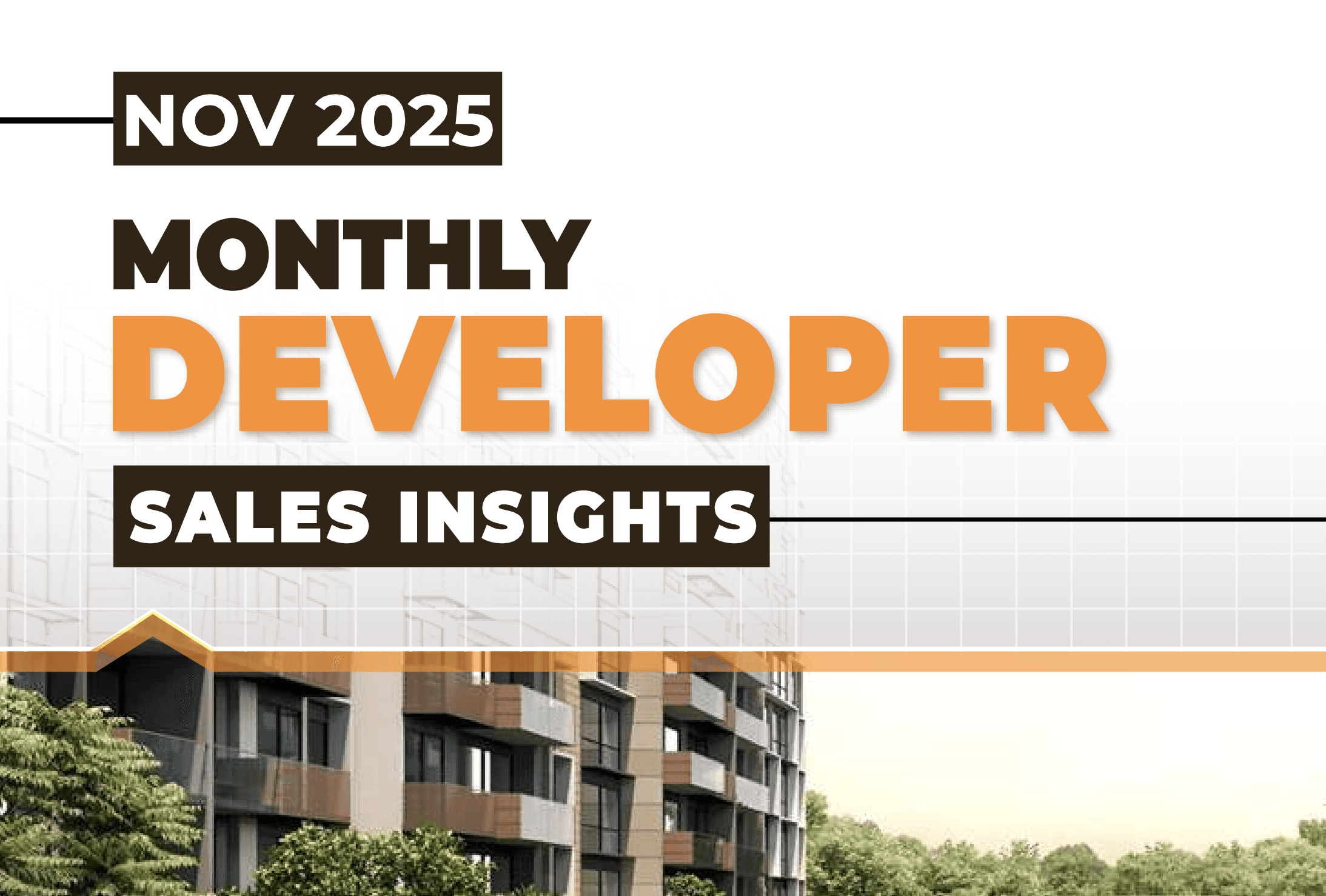The Draft Master Plan 2025 is Singapore’s latest statutory land use plan, charting the nation’s development trajectory over the next 10 to 15 years. It transforms long-term strategies into detailed land use policies, ensuring sustainable, well-planned growth aligned with national goals. This blueprint accommodates Singapore’s evolving demographics, where housing needs are shifting from one-size-fits-all to diverse typologies — catering to singles, families, and the aging population.
Key highlights in the Central Region include the transformation of Marina South into a 10-minute neighbourhood anchored by the upcoming TEL stations, featuring 10,000 new homes and developments like One Marina Gardens and W Residences – Marina View. In Pearl’s Hill, 6,000 homes will rise around a hill-to-hill green corridor connecting Fort Canning, while Newton will see 5,000 new homes built around an “urban village” concept, integrating heritage features with walkability and transit connectivity.
In the East, the Bayshore precinct debuts its first BTO and GLS sites, supported by an integrated transport hub, central park, and SAFRA clubhouse. Tampines North is emerging as a vibrant node with a green corridor, MRT linkages, and future EC projects like those at Tampines Streets 94 and 95. Pasir Ris continues its rejuvenation with a fully integrated transport hub and new amenities, while Long Island stands out as a bold coastal protection and land reclamation initiative with future development potential.
In the North, Chencharu is a new housing district offering 10,000 homes and extensive green amenities, while Woodlands North Coast blends scenic coastal living with RTS connectivity to Johor. Springleaf, with direct TEL access, is being compared to Lentor for its catalytic growth potential, with its first condo launch coming soon.
The North-East Region focuses on transformation around Yio Chu Kang, which is envisioned as a lifestyle and wellness node. Punggol Digital District supports the digital economy with 28,000 new jobs and integrated learning-employment infrastructure anchored by the SIT campus.
The West Region sees momentum in Tengah, where several ECs and the first private condo are launching. Jurong Lake District continues evolving as a decentralised CBD, while connectivity improvements like the Jurong Region Line and Cross Island Line Phase 2 are set to boost accessibility and value. Meanwhile, Clementi is set for a major sports node redevelopment, and Bukit Timah Turf City will welcome new homes near future MRT stations.
Other key projects include the Greater Southern Waterfront, where Keppel Club and Terminal sites will deliver over 9,000 homes. Future developments at the former Singapore Racecourse and Sembawang Shipyard also reflect the URA’s aim to integrate housing with nature, leisure, and heritage.
Overall, the Draft Master Plan 2025 presents an ambitious, inclusive, and resilient vision for Singapore’s urban future — supporting housing diversity, connectivity, economic hubs, and environmental integration across regions.
Click here for the full report
Prepared By:
Mohan Sandrasegeran
Head of Research & Data Analytics
Email: research@sri.com.sg




